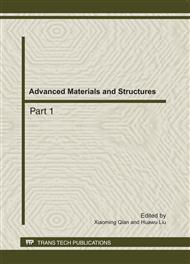p.1219
p.1223
p.1227
p.1231
p.1237
p.1242
p.1246
p.1250
p.1257
Fabrication of Fuel Cells with High Power Density Using Micro Electrical Discharge Machining Milling
Abstract:
Light and thin bipolar plates are essential in increasing the power density of a fuel cell. To construct high-aspect-ratio micro flow channels in such plates is, however, a big challenge. This study reports on machining micro flow channels in metallic bipolar plates using micro electrical discharge machining milling (micro EDMM) with a tungsten carbide electrode. We successfully machined metallic bipolar plates with 500μm channel and rib widths, height of 600μm in a reaction area of 20mm × 20mm, on 1mm thick of SUS316L stainless steel. The optimal operating parameters were explored and discussed. The performance of resulting fuel cell (Metallic-FC) was compared with a commercial available fuel cell composed of graphite bipolar plates (Graphite-FC). The high temperature of Metallic-FC increases its electrochemical reaction rate and consequently yields higher power density (723 mWcm-2) then that of Graphite-FC (687.3 mWcm-2)
Info:
Periodical:
Pages:
1237-1241
Citation:
Online since:
September 2011
Authors:
Price:
Сopyright:
© 2011 Trans Tech Publications Ltd. All Rights Reserved
Share:
Citation:


